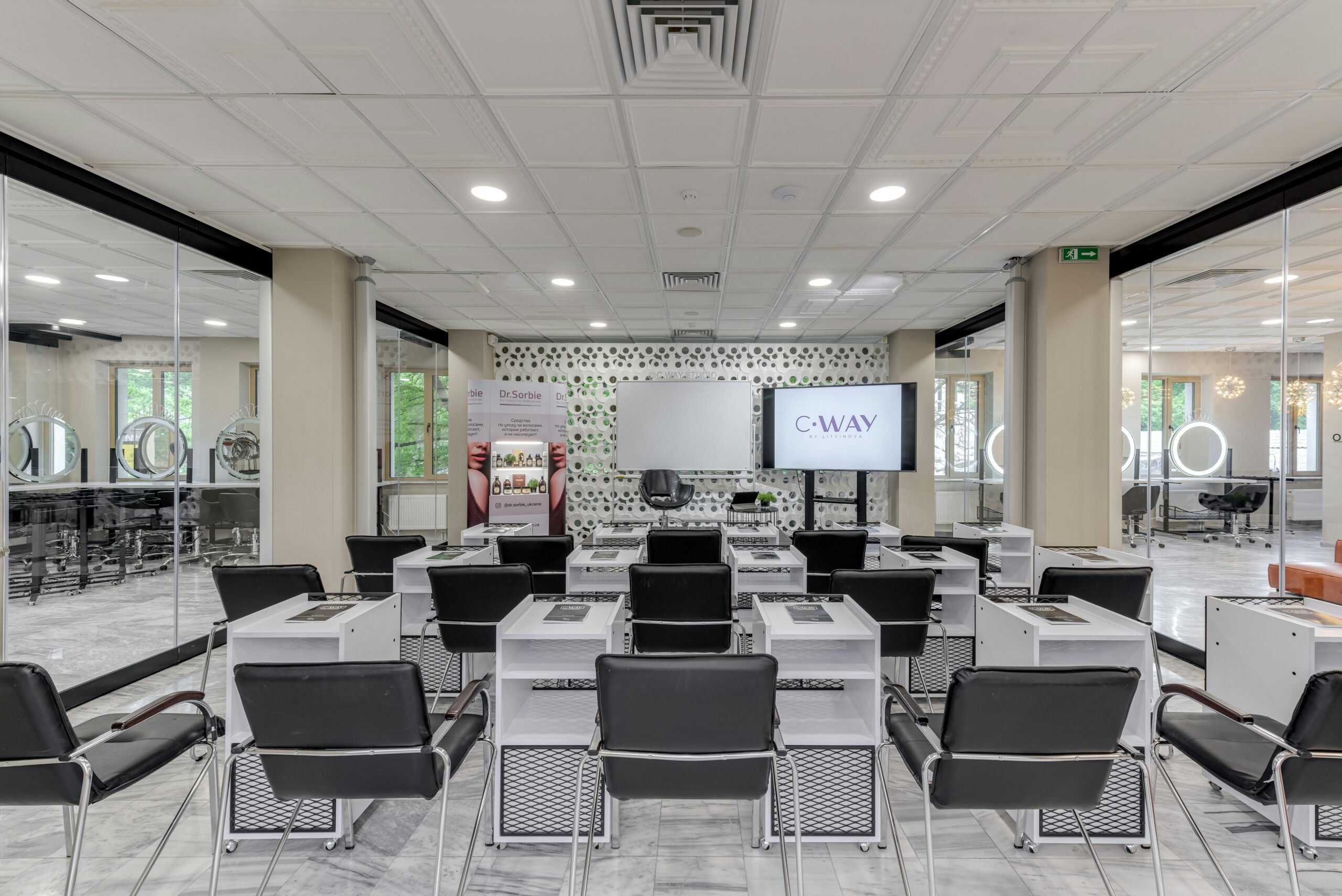In this comprehensive guide, we will delve into various sound design techniques for immersive animation that can elevate your projects to new heights.
Start with a Strong Concept
Before delving into the technical aspects of sound design, establishing a robust concept for your animation project is paramount. A clear understanding of the narrative, characters, and overall ambiance of the animation provides a solid foundation for making informed sound design decisions.
Create a Sound Palette
Similar to how visual artists use a color palette to define the visual style of their work, sound designers can curate a sound palette to shape the auditory landscape of an animation. This entails selecting a diverse range of sounds, from ambient noises to character voices and special effects, to be integrated throughout the project.
By crafting a sound palette that complements the visual elements, the overall immersive experience for viewers is enhanced.
Utilize Spatial Audio
Spatial audio stands as a powerful tool for creating immersive animations that transport viewers into a three-dimensional sonic realm. By manipulating the placement and movement of sounds within a virtual space, sound designers can heighten the sense of depth and realism within an animation.
Techniques like binaural recording and 3D audio processing replicate real-world sound behaviors, enhancing viewer engagement and immersion.
Focus on Sound Effects
Sound effects are vital for infusing animations with detail and realism. Whether it’s footsteps, explosions, or the rustling of leaves, sound effects contribute to establishing a sense of presence and atmosphere within an animation.
Experimenting with various sound effects libraries, recording techniques, and audio processing tools enables sound designers to discover the perfect sounds that enhance the visual elements of their animations.
Pay Attention to Sound Mixing
Sound mixing involves balancing and blending different audio elements to create a cohesive and harmonious sonic experience. Particularly crucial in animation, sound mixing ensures that dialogue, music, and sound effects harmonize seamlessly to support the narrative and enhance the visuals. Mastery of sound mixing can elevate the overall quality of immersive animation projects.
Experiment with Music
Music serves as a potent tool in shaping the emotional tone and pacing of an animation. Whether it’s a grand orchestral score, a catchy pop melody, or a subtle ambient track, the right music enhances the viewer’s experience and fosters a connection with the visuals on screen.
Collaborating with composers or music producers to craft original soundtracks adds a unique and memorable dimension to animation projects.
Use Foley Artistry
Foley artistry involves creating custom sound effects by recording everyday sounds in a controlled setting, such as footsteps on various surfaces, the rustling of clothing, or the clinking of glasses. Integrating foley sound effects into animations adds a layer of authenticity and detail, enriching the overall immersive experience for viewers.
Experimenting with foley techniques and tools enables the creation of realistic and engaging soundscapes in animation.
Embrace Creative Sound Design
While technical proficiency is essential in sound design, embracing creativity and exploring unconventional techniques can lead to innovative and memorable results. Whether through manipulating audio recordings, layering sounds, or utilizing sound synthesis tools, thinking outside the box in sound design can result in animations that captivate audiences and stand out from the crowd.
Seek Feedback and Collaboration
Sound design thrives on collaboration and benefits from feedback and input from various sources. Whether collaborating with animators, directors, or fellow sound designers, seeking feedback on your work can refine techniques and enhance the quality of animations.
Collaborating with others brings fresh perspectives and new ideas that can inspire creativity in sound design.
Continuously Learn and Improve
The field of sound design is ever-evolving, with new technologies and techniques constantly emerging. To remain at the forefront of the industry, continuous learning and skill improvement are essential for sound designers.
Whether through attending workshops, undertaking courses, or experimenting with new tools and software, investing in professional development ensures competitiveness in the dynamic world of immersive animation.
Conclusion
Sound design techniques are vital in creating immersive and engaging animations. From establishing a strong concept to utilizing spatial audio and embracing creative sound design, mastering these techniques can elevate the quality of your animation projects.
Key Takeaways:
- Starting with a strong concept guides sound design decisions.
- Crafting a sound palette enhances the immersive experience.
- Utilizing spatial audio creates a three-dimensional sonic environment.
- Sound effects add detail and realism to animations.
- Paying attention to sound mixing ensures a cohesive blend.
- Experimenting with music impacts emotional tone.
- Foley artistry adds authenticity and detail.
- Embracing creativity leads to innovative results.
- Seeking feedback and collaboration enhances improvement.
- Continuous learning is key to staying competitive.
Consider taking the NYU Animation Industry Essentials online course to enhance your sound design skills and create captivating animations.




